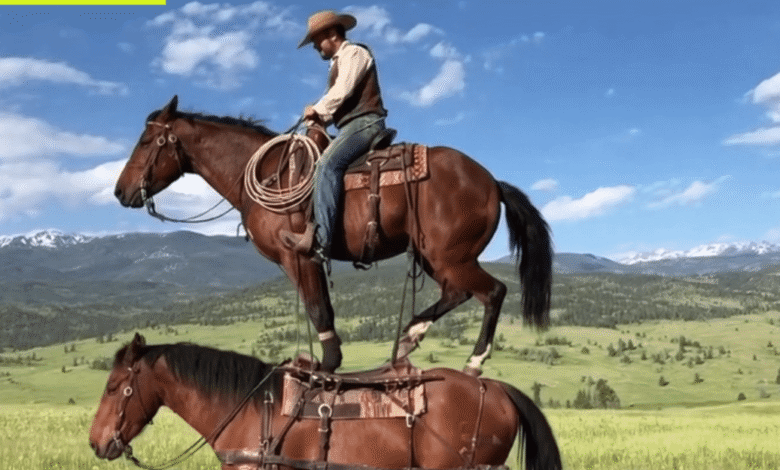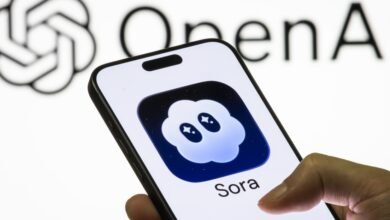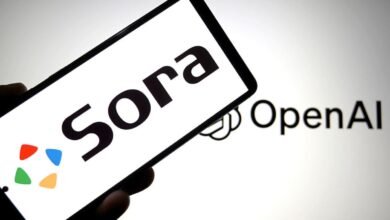OpenAI’s Sora Sparks Unexpected Copyright Controversy

▼ Summary
– OpenAI reversed Sora’s initial opt-out copyright policy to let rightsholders decide how their content is used after unexpected misuse like Nazi SpongeBob.
– Sora allows users to create 10-second AI videos with audio, including AI-generated selves (cameos), but struggles to prevent unauthorized copyrighted character generation.
– OpenAI is developing more controls for rightsholders and clearer watermarks due to concerns about misinformation and easy watermark removal.
– Sam Altman acknowledged unexpected public nuance around cameo usage and emphasized using this period to help society adapt to realistic AI video technology.
– OpenAI executives highlighted compute limitations as a major bottleneck and signaled heavy infrastructure investment, including potential chip development and data center expansion.
The recent launch of OpenAI’s video generation tool, Sora, has ignited a significant copyright debate, prompting a swift reversal of its initial policies. Originally, the platform operated on an opt-out basis for copyright holders, but widespread creation of unauthorized characters like Nazi SpongeBob and criminal Pikachu led CEO Sam Altman to announce a new approach letting rightsholders dictate terms. Altman admitted the company underestimated public reaction, noting that the real-world impact of video generation felt more disruptive than anticipated compared to image-based AI.
Sora functions similarly to TikTok, offering an endless scroll and the ability to produce ten-second videos complete with audio. Users can create digital doubles, known as “cameos,” or use the likeness of anyone who has consented. Despite attempts to block depictions of non-users, the system’s text prompts have easily circumvented restrictions to produce recognizable copyrighted characters. Altman acknowledged that while many rightsholders are enthusiastic about the technology, they are demanding “a lot more controls” over how their intellectual property is used. He expressed surprise at the rapid adoption of Sora, which outpaced initial expectations and forced a reconsideration of rollout speed.
User sentiment around cameo usage proved more nuanced than OpenAI predicted. Altman expected people to have clear-cut preferences about making their digital likeness public, but instead encountered many “in-between” opinions. This led to the introduction of more granular controls, allowing users to set specific text instructions for their cameos, such as prohibiting involvement in political commentary or blocking certain language. Bill Peebles, who leads the Sora team, confirmed these updates, emphasizing that users want to share their cameos widely while retaining authority over context.
Concerns about misinformation from hyperrealistic AI videos have also drawn attention to Sora’s watermarking system. Peebles mentioned efforts to make watermarks on downloaded videos “clearer and more visible,” yet Altman conceded that methods to remove them are already circulating online. During a developer event, OpenAI released a Sora 2 preview via its API, enabling developers to produce ultra-realistic videos, potentially without watermarks, though Altman sidestepped questions about implementing safeguards for this version.
Altman reflected on unexpected use cases, such as generating videos exclusively for small group chats, which doesn’t align perfectly with the app’s current design. He framed the launch’s challenges as valuable lessons, warning that competing models without OpenAI’s safeguards will soon emerge. He stressed the need for “technological and societal co-evolution,” arguing that public exposure to advanced video generation is essential for societal adaptation. Still, this stance remains contentious, given AI’s history of misuse affecting vulnerable groups.
OpenAI has implemented some protective measures for Sora, but workarounds, like watermark removal tools and methods to approximate unauthorized faces, are already in use. When questioned if the company is adopting a “move fast and break things” mentality, Altman denied it, pointing out that current user feedback often criticizes Sora for being overly restrictive. He affirmed a conservative, iterative rollout with plans to gradually permit more flexibility.
Profitability from Sora is not an immediate priority, according to Altman, who emphasized aggressive investment in the technology. OpenAI President Greg Brockman observed that Sora’s adoption has been even more intense than ChatGPT’s, underscoring a massive demand for computational power. He described compute capacity as the number-one lesson from the launch, comparing the need for more infrastructure to desiring a larger workforce.
This focus on compute aligns with OpenAI’s Stargate initiative, a joint venture with SoftBank and Oracle aimed at strengthening U.S. AI infrastructure through investments potentially reaching $500 billion. Although these energy-intensive data centers have sparked controversy and fallen short of job creation promises, OpenAI is advancing rapidly. A recent deal with chipmaker AMD, which could give OpenAI a ten percent stake, signals deeper involvement in AI infrastructure. Altman hinted that more announcements about the company’s infrastructure ambitions are forthcoming, with executives repeatedly highlighting insufficient compute as a major bottleneck for scaling AI services.
(Source: The Verge)





